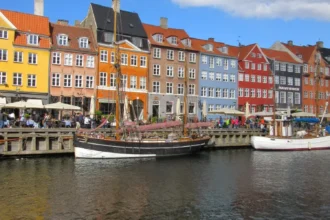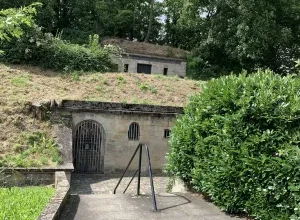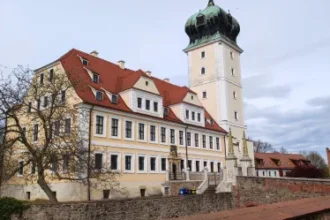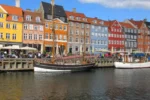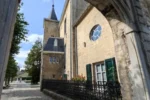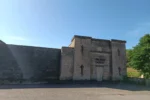In springtime, a visit to the beautiful Setagaya Park in Vienna’s 19th district, Döbling, is an absolute must for me. Setagaya Park is open to everyone and is a beautifully landscaped Japanese garden that even has a tea house. It was opened in May 1992 and designed by Japanese garden designer Prof. Ken Nakajima. This dreamlike garden was created as a result of the close friendship and cultural agreement between Vienna’s 19th district, Döbling, and the Japanese district of Setagaya in Tokyo. The garden symbolizes a Japanese landscape, featuring elements typical of Japanese gardens for us Europeans, such as a bubbling spring, a splashing waterfall, and a beautifully landscaped pond with stones and many bamboo hedges. The entrance to Setagaya Park was placed in the southwestern corner due to the existing tree population and the slope of the terrain. I reached this entrance through a Tokusabari-style bamboo gate. The model for this was the Shugakuin Palace Garden in Japan. For those who have difficulty walking, there is a barrier-free entrance. I found the stone monument next to the main entrance particularly beautiful, with the word “Furomon” carved into it in Japanese characters. This means “paradise,” symbolizing to visitors to the Japanese garden that they are visiting a paradise garden. Incidentally, the teahouse, pagoda, stone lantern, and entrance area were gifts from the city of Setagaya and its mayor, Keiji Ohba. I was completely enchanted by the beauty of the park, and my gaze wandered to the wonderful teahouse with its watercourse flowing over cascades into the pond. What a magnificent sight, I thought, and strolled on past flowering rhododendron bushes. The rock garden with its clear lines and beautiful watercourse is a real oasis of calm and a true Far Eastern work of garden art. I took a deep breath and felt the sun’s rays on my skin. What a breathtaking park, I thought, simply a dream.













































